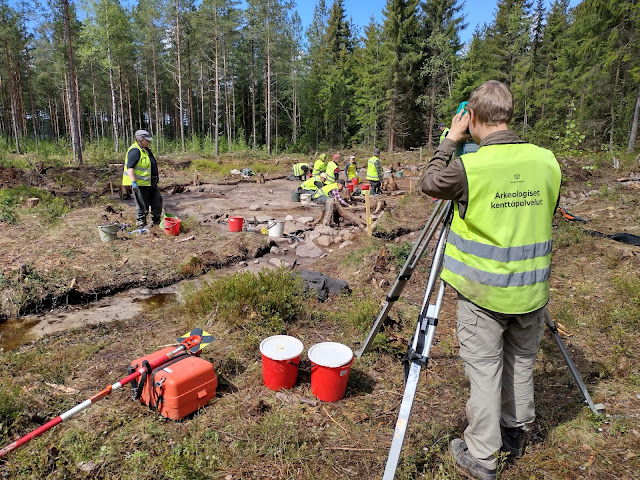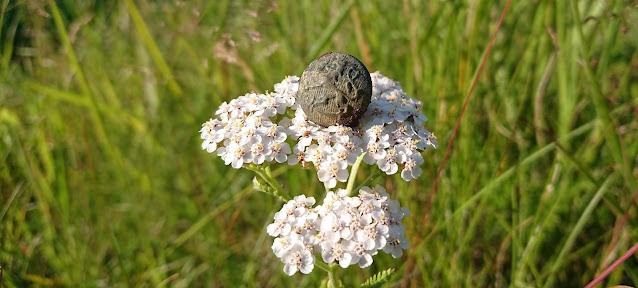End of an Era: Researching the Last Culture of the Stone Age

When the snow melts, it's once again time to head out to the field! While there has been a lot of projects going on and I will get back to them later in my writings, I want to start with something very recent. For the past two weeks, I've got to enjoy yet another Stone Age excavation with the Finnish Heritage Agency. This time the excavation happens to be on my home turf, as we're spending six weeks researching the fascinating past of Harjavalta. All finds are given exact coordinates with a total station. Photo: David Cleasby. The site in question is called Kraakanmäki 3 - the number coming from the fact that it's the third archaeological heritage site discovered at Kraakanmäki in Harjavalta. While the other Kraakanmäki sites were fully excavated already in 2014, this newest addition was discovered only in 2020, when shovel test pits revealed finds such as pottery and quartz flakes. Based on the pottery and post-glacial rebound, the site was used around 4000 years ago ...





